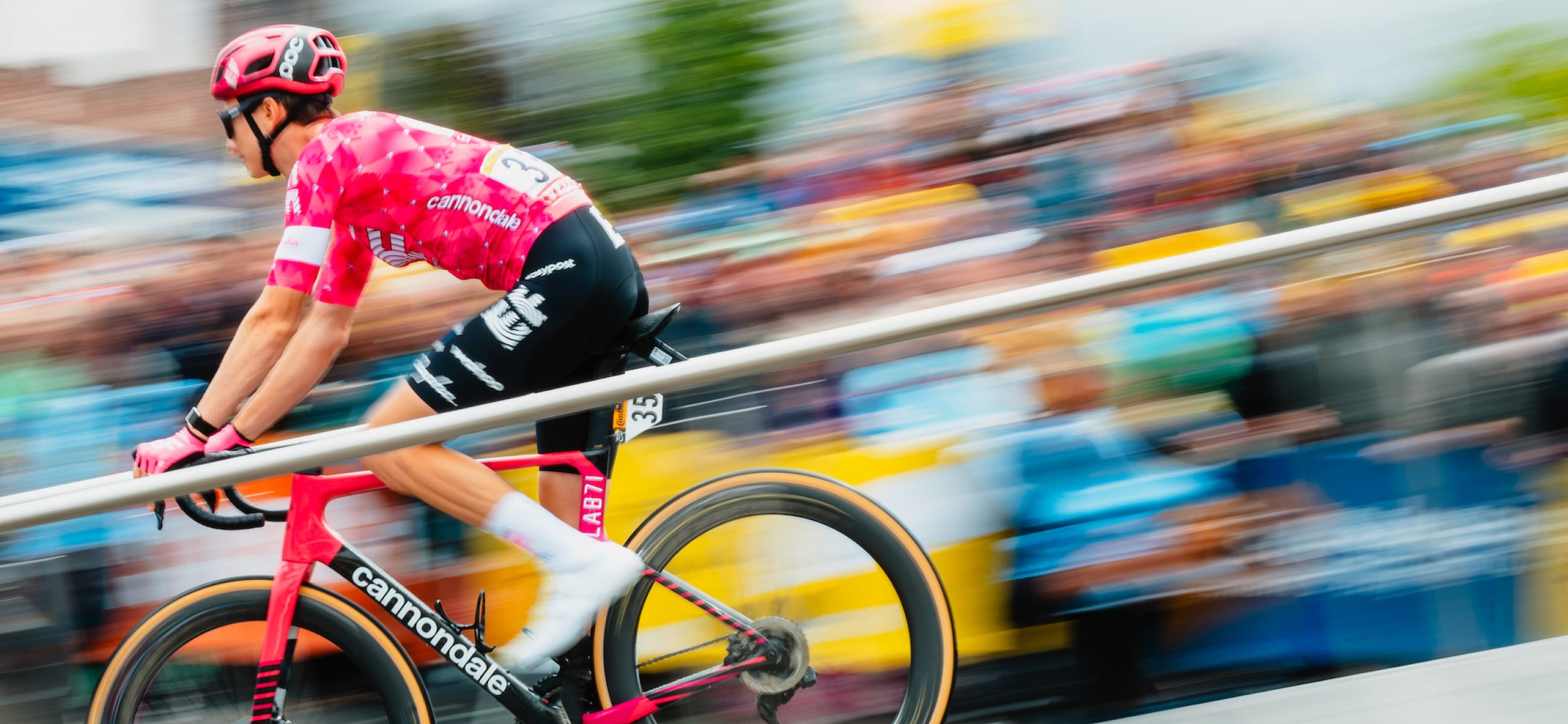
For decades, athletes were limited to 60 g of carbohydrates per hour. Then, researchers discovered something that changed endurance nutrition forever.
The 60-Gram Barrier
For most of the 20th century, sports scientists believed there was a hard limit on carbohydrate absorption during exercise. No matter what protocols were used, no one seemed able to deliver more than 60 grams per hour to working muscles.
With energy expenditures exceeding 1000 calories per hour in some endurance sports, this was a real problem. The breakthrough came when researchers investigated why this limit existed.
The Discovery That Changed Everything
The limitation wasn’t in the stomach or muscles—it was in the intestines. Specifically, in the transport proteins that carry carbohydrates from your gut into your bloodstream.
Glucose is transported by SGLT1 transporters, which become saturated at high intakes. But researchers discovered that fructose uses an entirely different transporter—GLUT5. This meant glucose and fructose absorption could occur simultaneously and independently.
The first study combining glucose and fructose showed exactly what researchers hoped: oxidation rates were 50% higher compared with glucose alone.¹
Why 2:1 Became the Gold Standard
After extensive research, scientists found that the highest oxidation efficiency occurred with 108 g/h intake of glucose and fructose in a 2:1 ratio.¹ However, as intake increased above 90 g/h, more individuals experienced gastrointestinal problems.
The recommendation settled at 90 g/h with a 2:1 ratio for two key reasons:
Just enough glucose to saturate the glucose transporter
Highest oxidation efficiency at practical intake levels
While 90 g/h became the standard recommendation, some endurance athletes can exceed this with proper “gut training”—gradually increasing carbohydrate intake during training to improve tolerance and absorption. This allows certain athletes to handle higher rates during competition.
There is now extensive peer-reviewed research supporting 2:1 glucose-to-fructose formulations in their ability to deliver 90 g of carbohydrate per hour, enhancing endurance performance and extending time to exhaustion.²
The Performance Impact
Studies consistently show real benefits. Research comparing glucose-fructose to glucose-only solutions found participants completed time trials 1.9% faster with the combination, with reduced gastrointestinal symptoms during both submaximal exercise and time trials.³
Current evidence-based recommendations:
60-90 minutes: 30 g+ carbohydrates per hour
90-120 minutes: 60 g+ carbohydrates per hour
2+ hours: 90 g+ carbohydrates per hour
What About Electrolytes?
Daily sodium losses in active athletes can reach 3500-7000 mg during hot weather.⁴ Sodium plays essential roles in maintaining blood pressure and regulating muscle and nerve function, making replacement necessary during prolonged exercise.
During endurance activities, maintaining proper electrolyte balance helps prevent cramping, supports hydration, and sustains performance. The key is providing adequate sodium replacement that works with your body’s natural regulatory systems rather than overwhelming them.
Beyond 2:1: The Latest Research
Recent studies suggest 1:0.8 glucose-to-fructose ratios might allow higher carbohydrate utilization above 90 g/h. However, benefits appear limited to events lasting 2.5+ hours with extremely high intake rates.
For most endurance athletes, the 2:1 ratio offers the best balance of performance, comfort, and practicality. It also allows for higher maltodextrin content, resulting in lower sweetness and better palatability during long events.
Putting Science Into Practice
At The Feed Lab, we’ve distilled decades of research into something simple: The Feed Lab High-Carb Drink Mix with three ingredients—maltodextrin, fructose, and sodium—in the research-proven 2:1 ratio.
Flexible fueling that scales:
1 scoop = 30 g carbs (150mg sodium)
2 scoops = 60 g carbs (300mg sodium)
3 scoops = 90 g carbs (450mg sodium)
No proprietary blends. No mystery ingredients. Just clean, efficient energy based on the best available science.
$20 for 30 scoops. Fixed pricing—because the best sports nutrition shouldn’t require a PhD to understand or a sale to afford.
The Feed Lab High-Carb Drink Mix delivers precisely what the research shows works: clean carbohydrates in the optimal ratio for absorption, performance, and comfort.
Reference Links
Jeukendrup, A. “The optimal ratio of carbohydrates.” MySportScience, June 4, 2024. https://www.mysportscience.com/post/the-optimal-ratio-of-carbohydrates
Rowlands, D.S., et al. “Fructose-Glucose Composite Carbohydrates and Endurance Performance: Critical Review and Future Perspectives.” Sports Medicine, November 2015. https://pubmed.ncbi.nlm.nih.gov/26373645/
King, A.J., et al. “Glucose-fructose likely improves gastrointestinal comfort and endurance running performance relative to glucose-only.” PubMed, 2014. https://pubmed.ncbi.nlm.nih.gov/25556817/
Shirreffs, S.M.. “Fluid and electrolyte needs for training, competition, and recovery.” PubMed, 2011. https://pubmed.ncbi.nlm.nih.gov/22150427/
